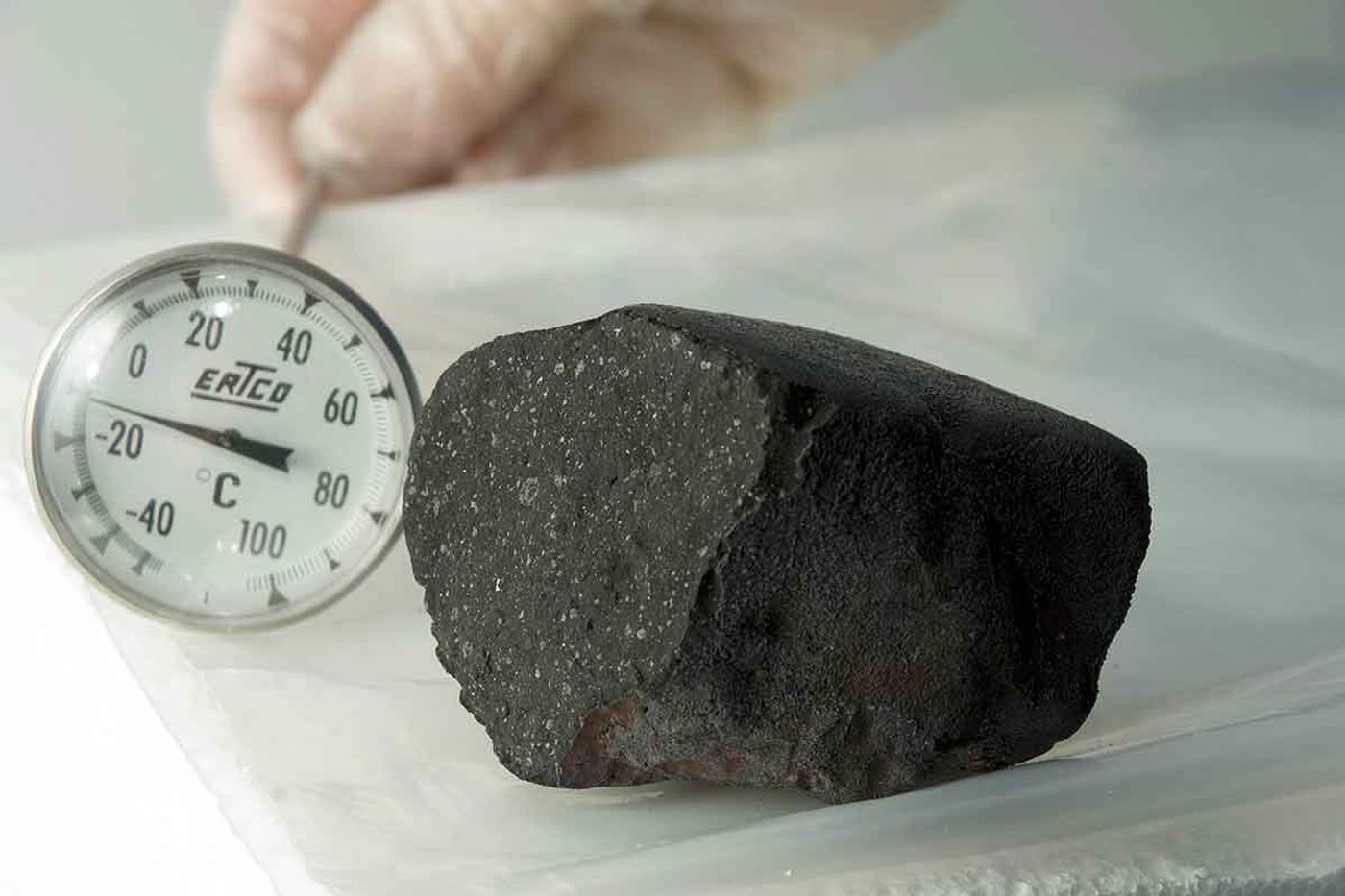Canadian Meteorite Might Have Originated From the Kuiper Belt
When it comes to meteorites hitting the Earth, it’s a safe bet that they could have come from nearly anywhere. Outer space is vast, and with that in mind, not all meteorites are bound to come from the same place.
One meteorite that struck the Tagish Lake in Canada 16 years ago is getting quite a bit of attention recently after scientists said that it could be a remnant of the Kuiper Belt.
The findings of the study appear in the Astronomical Journal.

Image Credit: Michael Holly; Creative Services; University of Alberta
For those who don’t know, the Kuiper Belt is way out past Pluto in our Solar System. It’s like the asteroid belt in many ways, but it’s a lot further away, and that’s currently where NASA’s New Horizons spacecraft is hanging out these days.
This means the little meteorite would have had to travel quite a distance to get here because it took New Horizons almost 10 years to get from Earth to where it is now.
The conclusion that the space rock could be from the Kuiper Belt comes from the rock being very different from other meteorite samples that have been collected around the world. Most are believed to come from the nearby Asteroid Belt between Jupiter and Mars, but their composition is far different from this Tagish sample.
It’s reported that the content of the space rock is more abundant near gassy planets than solid ones, and this would seem to support the hypothesis being brought to the table.
So how did it get here?
One theory suggests that a fifth giant planet, like Jupiter, Saturn, Uranus, and Neptune, was once in our Solar System, but isn’t anymore. It may have thrown off the gravitational forces at work on the space rock and sent it flying into another direction (towards Earth).
Because the Kuiper Belt is so far away, it’s hard to know for sure what space rocks are like in the region. Nevertheless, New Horizons is scheduled to tango with a Kuiper Belt Object known as KBO 2016 MU69 in the future, which may offer some insight as to the makeup of rocks in these areas and provide a comparison platform.
Source: New Scientist








